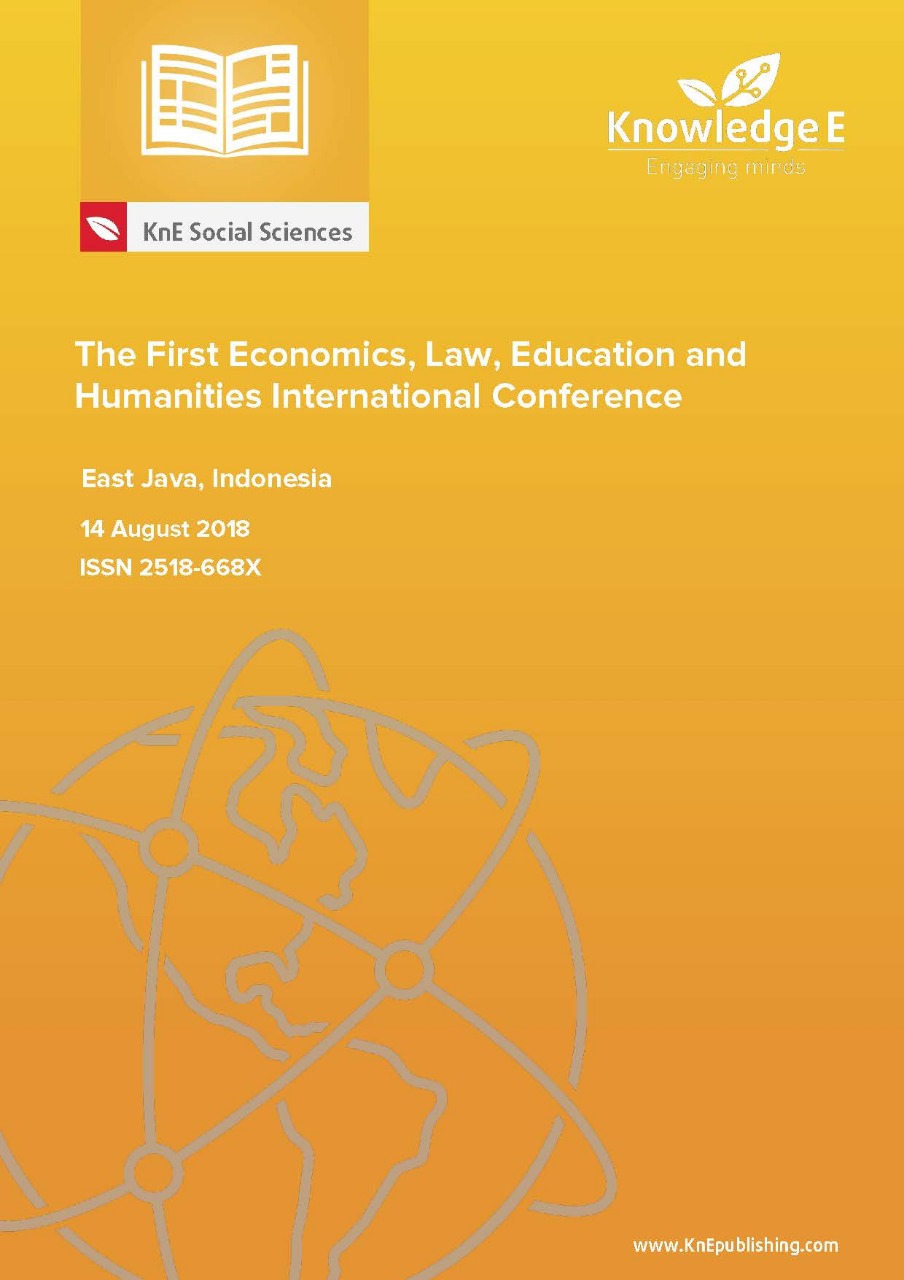Development Model of Creative Industries: An Application of MACTOR
DOI:
https://doi.org/10.18502/kss.v3i14.4322Abstract
This study aims to identify the role of stakeholders in the development of creative industries in Sukoharjo district and formulate models of creative industry development through the patterns of stakeholder relationships involved. This research uses descriptive method. The analytical method uses MACTOR analysis to explain the relationship and role of stakeholders in developing creative industry. The results show that stakeholders representing the main players of creative economic development in Sukoharjo are the Department of Planning, Regional Research and Development, the Department of SME, the Department of Trade, the Department of Industry and Manpower and, the University, FEDEP, the Craft Association, and Entrepreneur. Stakeholders with the highest influence are SMIEs, so that they can be central figures in the development of creative industries. While the objectives consisting of Advantages, profit, network, main duty, and Local Income (PAD) received a positive response from all actors, meaning that all actors agreed with the objectives, and convergence was divided into two groups according to the interests of each stakeholder with the interests of each stakeholder. The problem of developing creative industries Sukoharjo is a complex problem that cannot be seen partially because it involves not only economic but also social, cultural and political issues. Not all stakeholders are actively involved in the development of creative economy and every stakeholder has different interests optimizing the development of creative industries is required model of coordination framework among stakeholders in the development of creative industries in Sukoharjo District.
Keywords: creative industry, handicraft, interest, influence, interdependence, stakeholders.
References
Mangifera, Lia (2016), Strategi Pengembangan Industri lurik sebagai produk unggulan daerah. Prosiding Seminar nasional ’Tantanngan dan startegi pengembangan bisnis dalam peningkatan ekonomi kreatif, Universitas Muhamamdiyah Sidoharjo, pp 224- 235
Mangifera, Lia (2016), Pengembangan Industri Kreatif Produk batik Tulis melaui value chain analysis. The 3
Godet, M., 1991. Actors’ Move and Strategis: The MACTOR Method An air transport. Futures Journal, (August), pp.605 – 622.
Rees, G.H. et al., 2017. Data gathering for actor analyses: A research note on the collection and aggregation of individual respondent data for MACTOR. Future Journal, 9(1), pp.115–137.
Isa Muzakar. 2016. Model Penguatan Kelembagaan Industri Kreatif Kuliner Sebagai Upaya Pengembangan Ekonomi Daerah. Proceding Seminar Nasional Ekonomi Bisnis 2016, 17 September 2016, Universitas Muhammadiyah Sidoarjo pp 352-361

